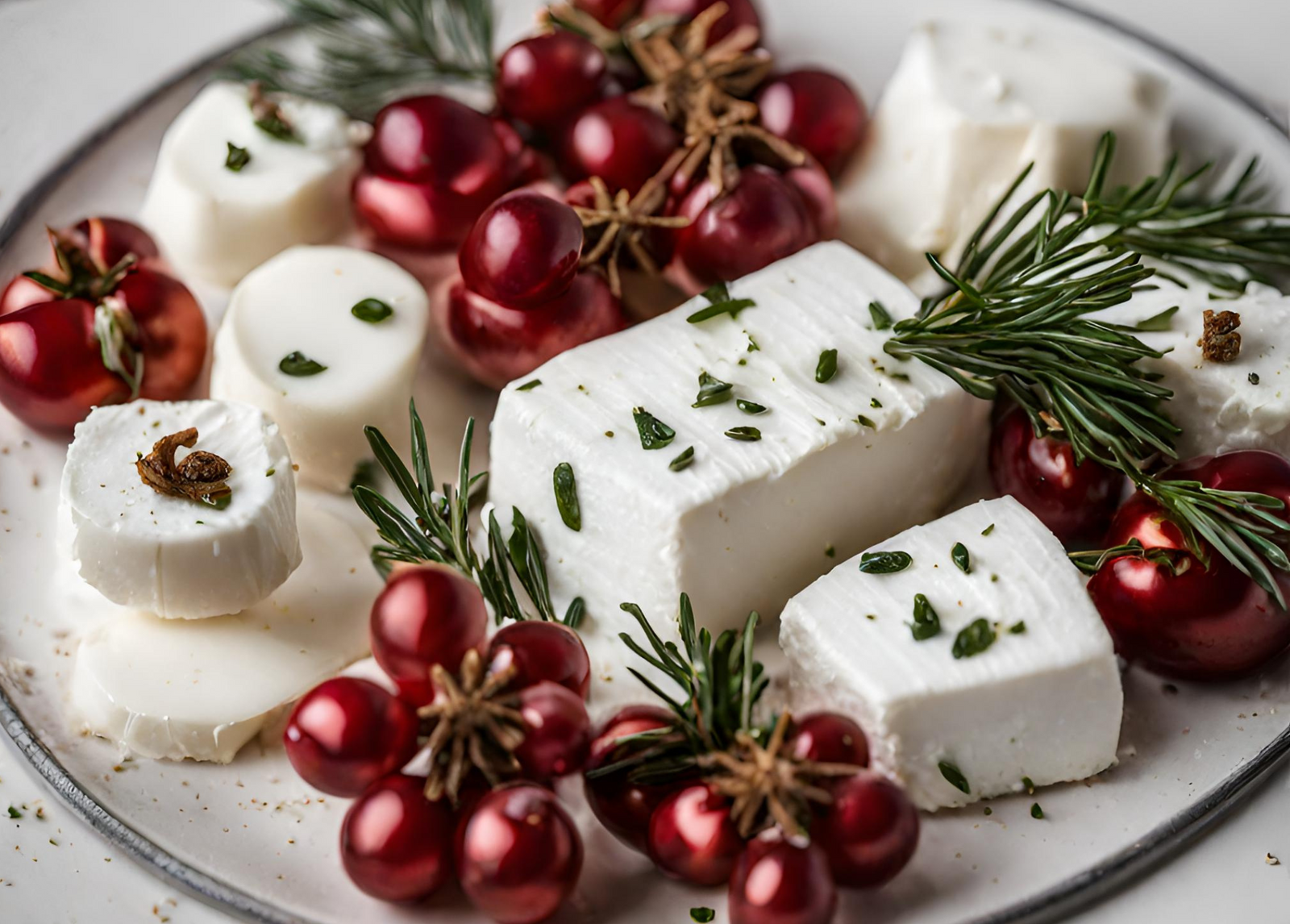Your Cart is Empty
HOLIDAY SALE ON NOW - GET AN AUTOMATIC 15% DISCOUNT ON CHECKOUT
HOLIDAY SALE ON NOW - GET AN AUTOMATIC 15% DISCOUNT ON CHECKOUT
HOLIDAY SALE ON NOW - GET AN AUTOMATIC 15% DISCOUNT ON CHECKOUT

April 24, 2020 2 min read 5 Comments
Cheesemaking is the controlled process of removing water from milk. This process concentrates the milk’s protein, fat and other nutrients and increases its shelf life. Cheesemaking is one of the earliest examples of biotechnology.
Cheesemaking is an ancient biotechnology that dates back to the domestication of animals. It is thought that it was probably first discovered by observing the accidental souring of milk and then pressing and salting the solid curd to preserve it for later consumption. Find out more about some early examples of biotechnology in our article on ancient biotechnology.
Cheesemaking involves coagulating the casein protein in milk and then separating the milk into solid curds and liquid whey. The liquid whey is drained away, and the curds are salted, shaped and left to ripen in a controlled environment.
Microorganisms are used in each step of this process and determine the flavour and texture of the final cheese.
Acidifying (souring) milk helps to separate the curds and whey and control the growth of undesirable bacteria in cheese. Usually special ‘starter’ bacteria are added to milk to start the cheesemaking process. These bacteria convert the lactose (milk sugar) to lactic acid and lower the milk’s pH.
There are two types of bacteria used for this process:
Mesophilic bacteriathrive at room temperature but die at higher temperatures. They are used to make mellow cheeses, such as Cheddar, Gouda and Colby.
Thermophilic bacteriathrive at higher temperatures, around 55 °C, and are used to make sharper cheeses such as Gruyère, Parmesan and Romano.
Some cheeses are curdled only by acidity. For example, paneer cheese is made using lemon juice to curdle the milk and cottage cheese is made using mesophilic bacteria. However, for most cheeses, rennet is also added to the milk after a starter bacteria. Rennet is a mixture containing the active enzymechymosin. Rennet speeds up the coagulation of casein and produces a stronger curd. It also allows curdling at a lower acidity, which is important for some types of cheese.
“We are committed to sharing the traditional foods we grew up with as kids.”

August 05, 2021
Hi Joni, that’s a great question, thanks for asking! Yes, the Feta made with our kits can be made into a block. However, that would require either a square or rectangular mould to be made into a sturdy block. As our kits provide round moulds, you would have to try and find a square or rectangular mould. We do have a limited amount of small square moulds for sale, along with one large one that in order to be filled up, requires the recipe to be doubled. I would be happy to help you along your cheesemaking journey and find what works best for you!
August 04, 2021
I am thinking about trying feta, can this be made into a block? I have a recipe which calls for a compressed block rather than crumbled
May 26, 2021
I am afraid, that I do not know.
January 09, 2021
Just finished my first batch of mozzarella. I must of done something wrong. It seems to be grainy and couldn’t stretch it as instructed. It just sort of fell apart as opposed to stretching, but did go together in a semi-ball. It is not smooth looking. I followed your directions to the “T”. Need help or advice.
Comments will be approved before showing up.

December 19, 2024 2 min read

December 05, 2024 2 min read
Sign up to get the latest on sales, new releases and more …
Cheese Maker
August 06, 2021
Hi Catherine, I’m sorry you weren’t able to get the Mozzarella you expected, hopefully, you were still able to make delicious Ricotta with it! We have an entire page dedicated to solving commonly-encountered problems with making Mozzarella, you can visit it here: https://cheesemaker.ca/pages/troubleshooting.
One of, if not the most important parts of cheesemaking is making sure you are using the right milk. We recommend using non-homogenized milk with our Cheese kits, as homogenized milk can often not be strong enough to sustain a curd that will be able to stretch. I would be happy to help you find high-quality milk near you!
Happy Cheesemaking :)